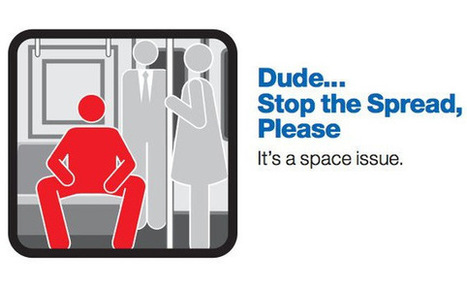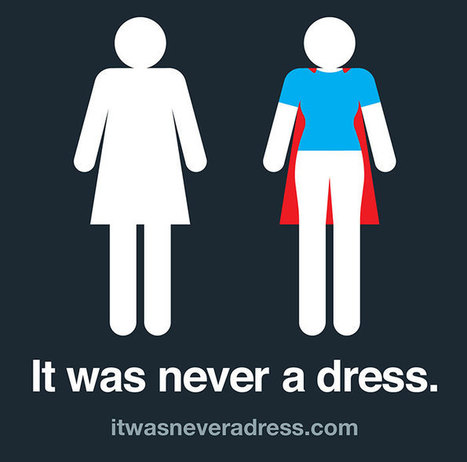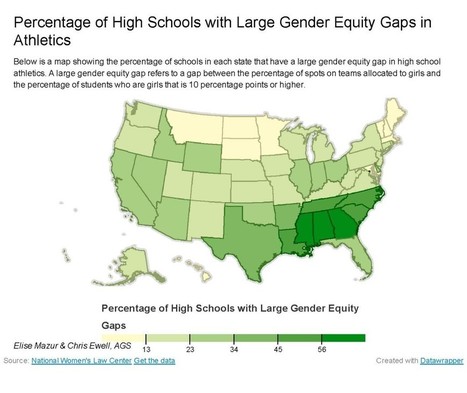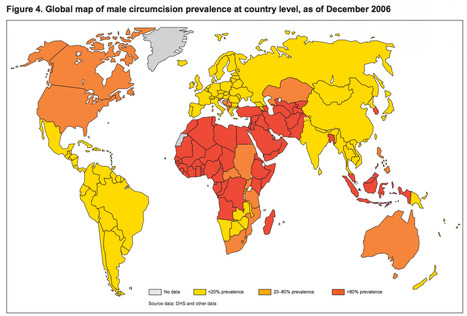"Nothing like this has happened in human history. A combination of cultural preferences, government decree and modern medical technology in the world’s two largest countries has created a gender imbalance on a continental scale. Men outnumber women by 70 million in China and India."

|
Scooped by Dennis Swender |





 Your new post is loading...
Your new post is loading...

















